
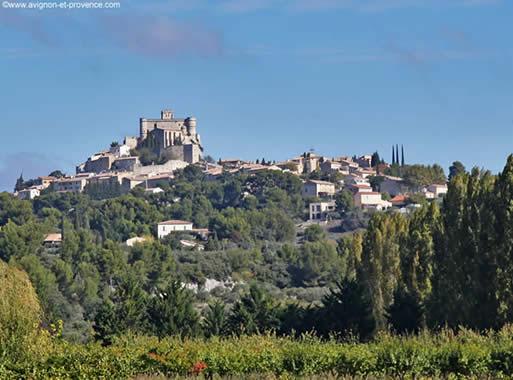
Between Carpentras and Malaucène, the village of Le Barroux perched atop a mountain stands out imposingly in the landscape of the Dentelles de Montmirail, the Mont Ventoux and the plain of the Comtat Venaissin.
With its tastefully restored old stone houses, this small village with undeniable charm invites you for a visit. Go on foot, after leaving your vehicle on the Place de la Barbière below the town hall, taking a moment to admire its beautiful façade which harmonizes with the château.
Considering how the village was built, don't let yourself be put off by the thought of climbing up its narrow lanes. Each corner of the village holds in store for you marvels and surprises that compensate for the bit of physical effort. On the Descente de l'Horloge you will see the Saint-Jean Baptiste Church. This Romanesque-style church has a square bell tower surmounted by a 15th century wrought-iron campanile with an access stairway. Steps away, majestic old houses line the Rue Saint Denis. The tinkling of the water from the many fountains, like the Grande Fontaine on Place Piquet, pleasantly accompanies you during your climb up to the foot of the château, with the ultimate reward being some of the most beautiful views in the whole Vaucluse.
Like an eyrie, the imposing castle was built on a fortress in the feudal period and later modified during the Renaissance. An important strategic spot with its origins dating back to the 11th century, Le Barroux served as a frontier, guard post and toll station between Provence and the Dauphiné.
With its keep that allowed for monitoring of the surrounding area, it also protected the plain of the Comtat Venaissin from Saracen and Italian invasions. The fortified castle belonged to the Lords of Les Baux up until 1129, when the Comtat Venaissin was ceded to the papacy. The Wars of Religion inflicted much damage on the castle, as did the pillaging during the French Revolution. Then in WWII, believing that the French Resistance was hiding in the castle, the Germans set it on fire. But, oops, it was actually their own troops camping there!
In 1960, the new owners undertook an ambitious restoration programme. Today the property of the Vayson de Pradenne family, the castle is open for tours from spring to autumn. A well-documented guided book (available in 28 languages) and the “little visitor's parchment” for children accompany visitors as they tour the lower halls, the guards' room and the upper hall, the terrace and the chapel. In summer, the castle hosts cultural events and art exhibitions.
In the area around Le Barroux:
* The Sainte Madeleine Abbey
In 1970, a Benedictine monk on a moped came to the nearby village of Bédoin and settled there to continue his monastic life. He was quickly joined by other young people who wanted to lead a Benedictine life. The small monastery grew to such a point that in 1978 the community purchased thirty hectares of land in the commune of Le Barroux. A Romanesque-style abbey was built, using the most modern of techniques!
Individuals and groups can stay at the Sainte Madeleine Abbey for spiritual and meditational retreats. The abbey's shop sells products made by the monks, such as bread and cakes, olive oil, wines, CDs of gregorian chants and books.
* The Lac du Paty, a small lake to the east of the village of Le Barroux, is much liked by fishermen and picnickers come for the coolness of the water and the shade of the trees.
* Many hiking trails cross the surrounding areas.
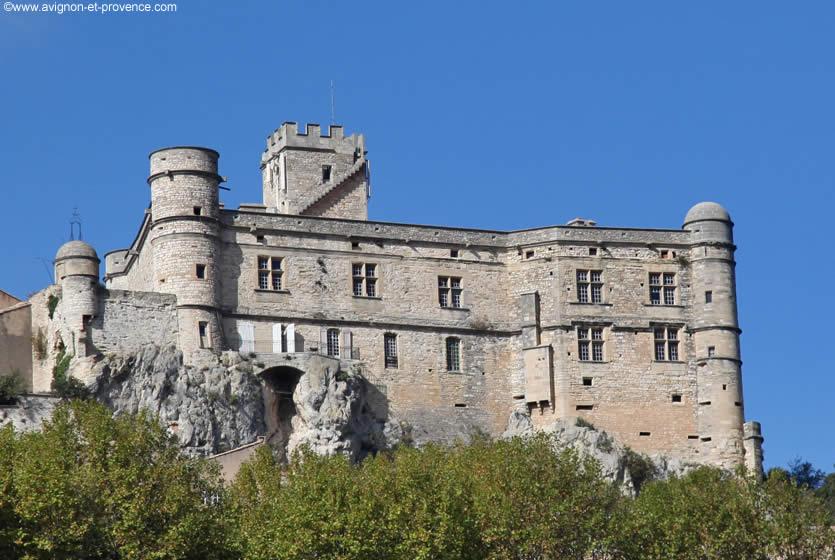
The castle of Le Barroux
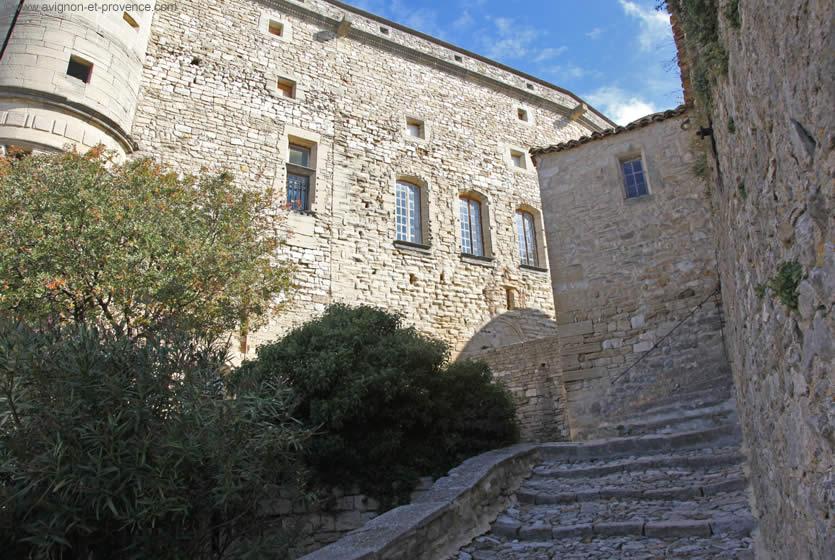
Cobblestone street leading to the castle
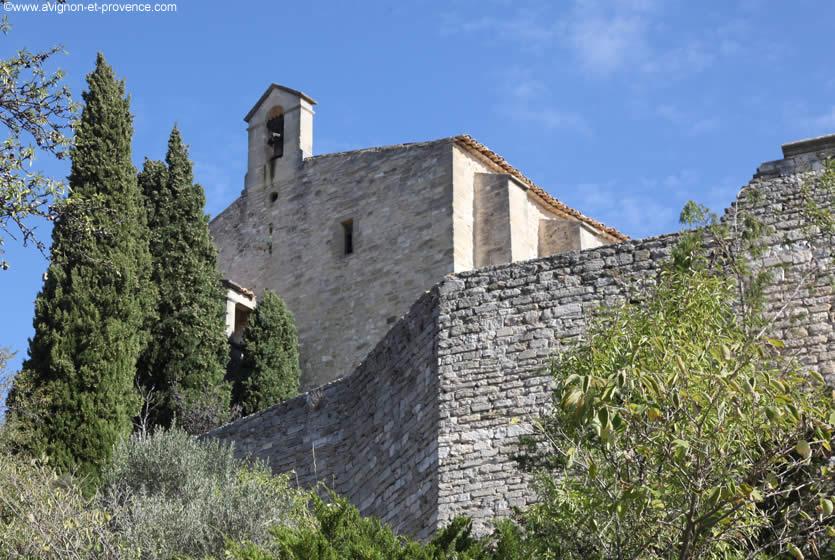
Notre Dame la Brune Chapel
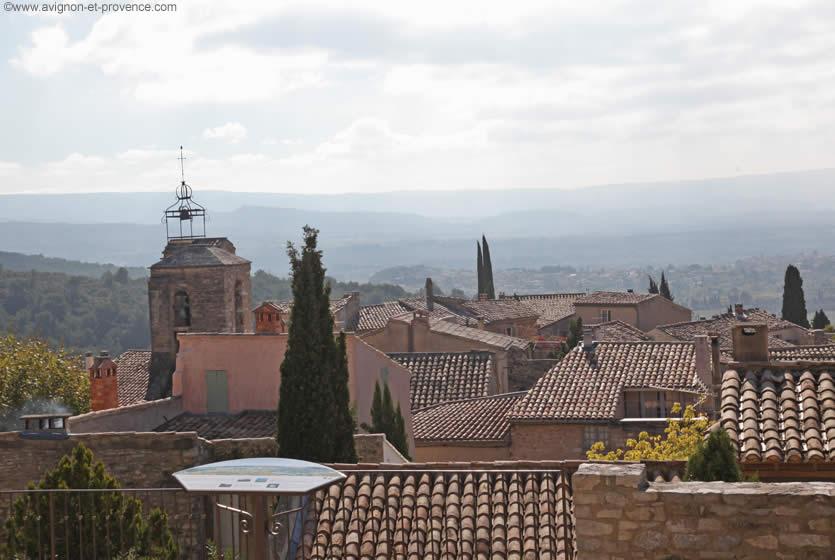
View of the village of Le Barroux and its church
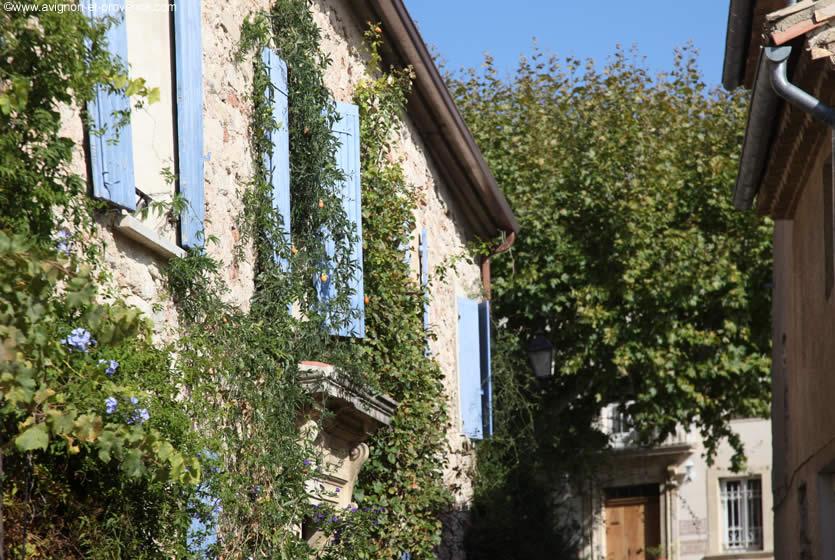
Beautiful façades along the village streets
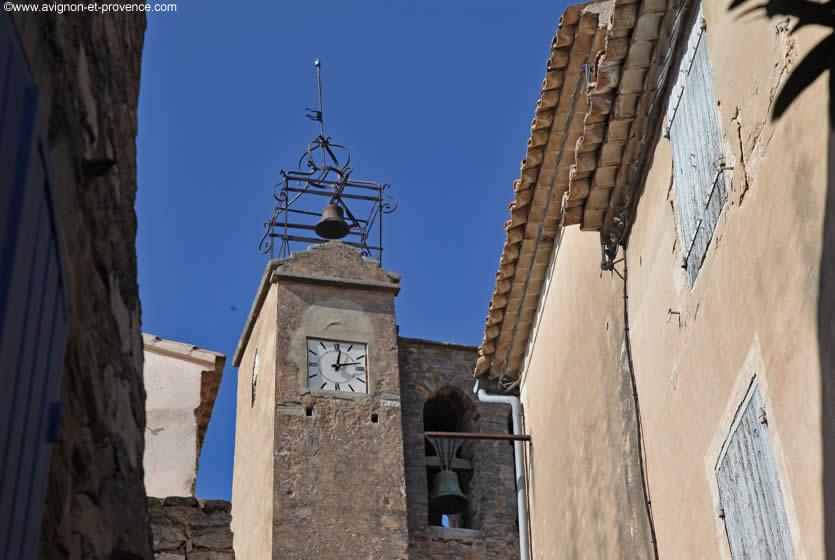
Campanile and bell tower of the Saint Jean Baptiste Church
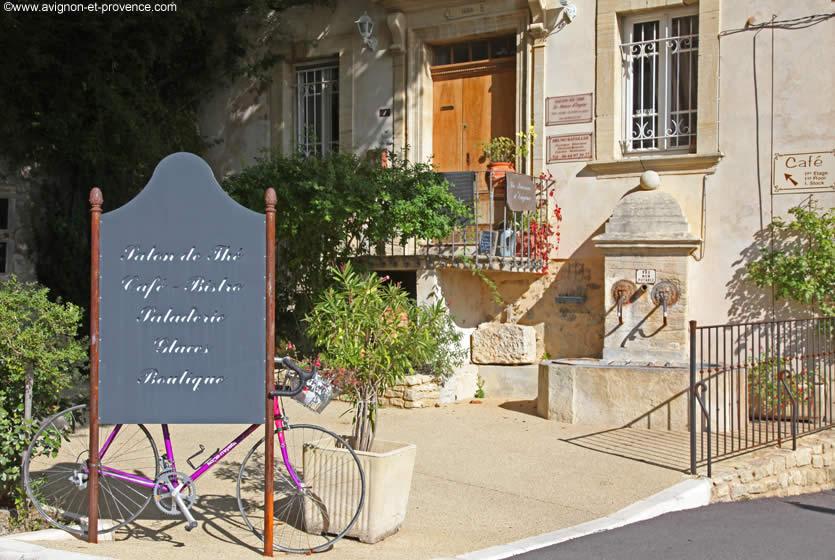
Village square
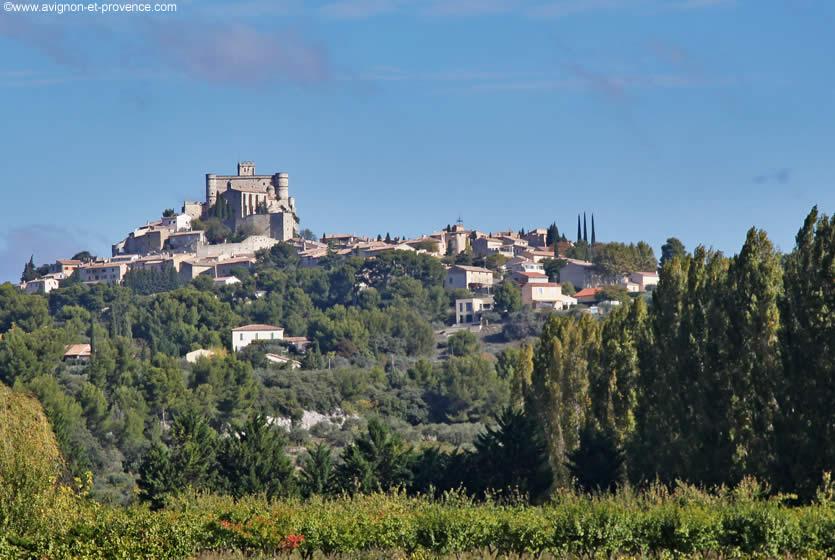
The hilltop village of Le Barroux and its imposing castle
Art of living
Gastronomy, markets of Provence, regional products, Christmas traditions, celebrities of Provence....